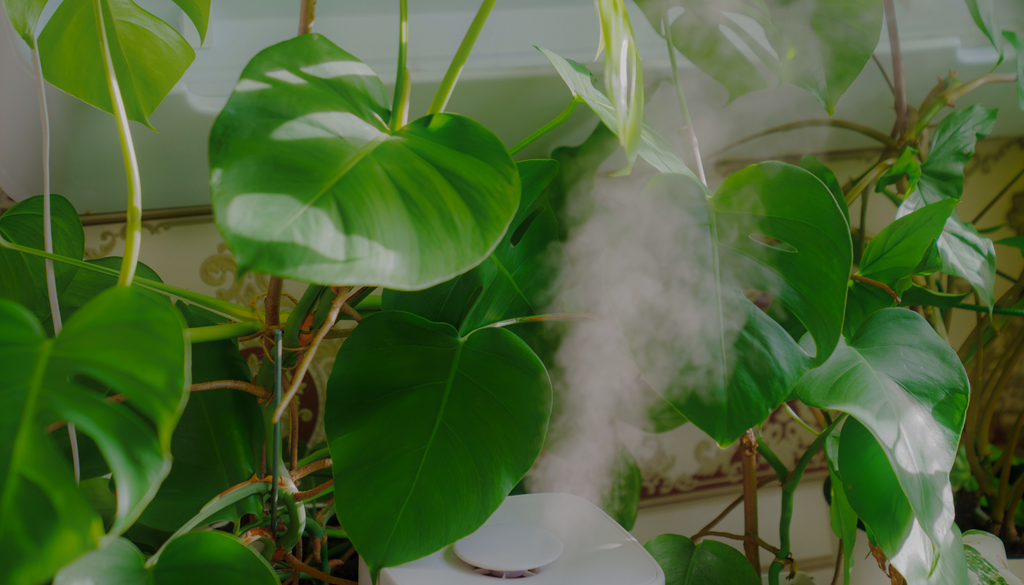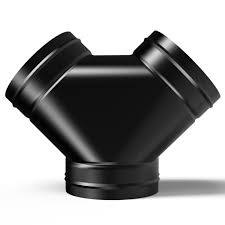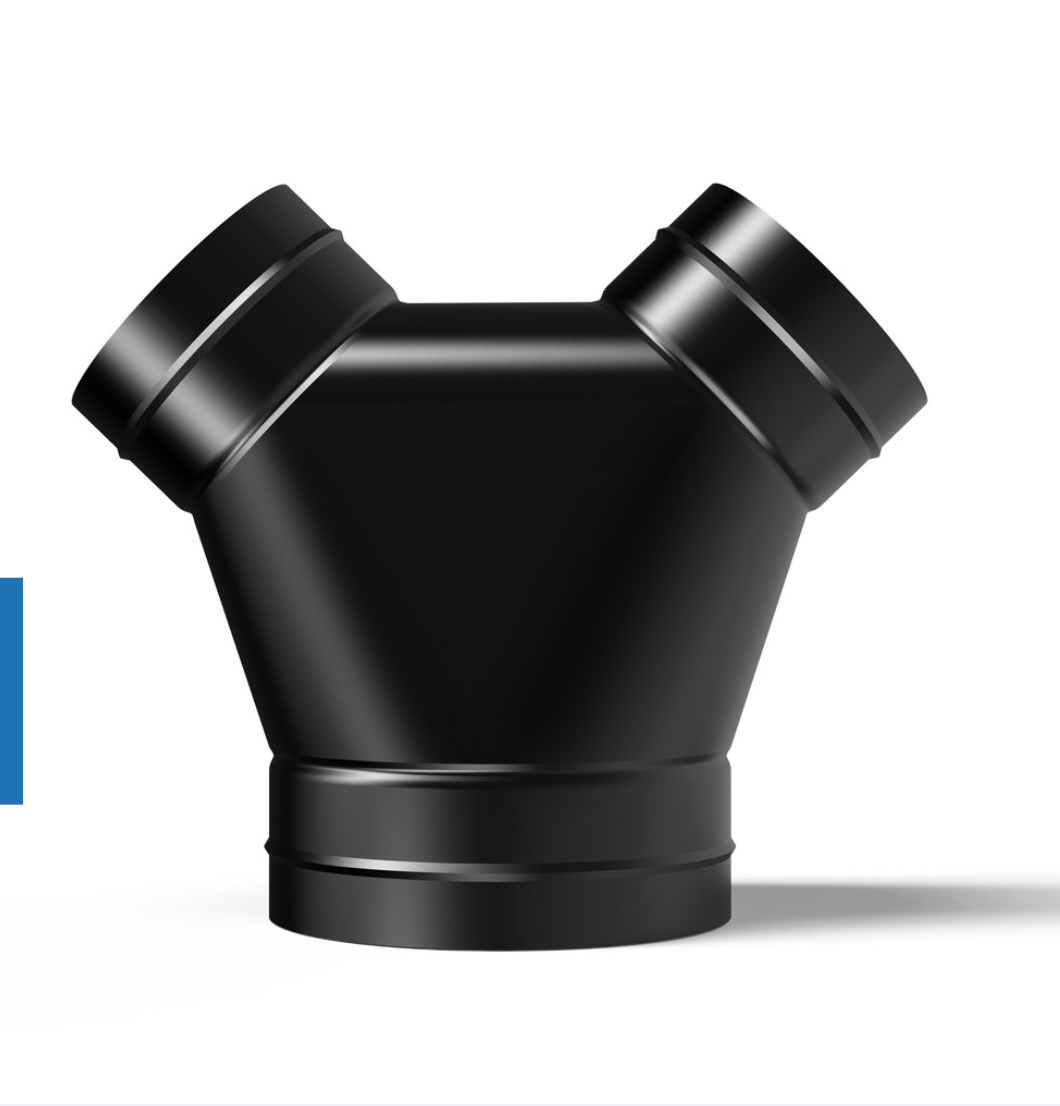
Humidification Strategies For Different Growing Seasons

Getting your indoor growing space ready for spring? Let's talk about adjusting humidity levels to keep your plants happy as the seasons change.
Key Takeaways:
- Spring needs balanced humidity (50-60%) for new growth
- Different plants need different humidity levels
- Simple tools like humidity meters help track levels
- Natural and artificial methods work together
Understanding Spring's Humidity Needs
As winter shifts to spring, indoor plants wake up and start growing again. They need more moisture in the air to support new leaves and stems. Most indoor plants do best with 50-60% humidity during spring.
Signs Your Plants Need More Humidity
- Brown leaf tips
- Crispy leaf edges
- Yellowing leaves
- Slow growth
Natural Ways to Add Moisture
You don't need fancy equipment to raise humidity levels. Try these simple methods:
- Group plants together - they create their own humid space
- Use pebble trays filled with water
- Place plants in naturally humid rooms like bathrooms
- Mist leaves in the morning (but not all plants like this!)
Using Humidifiers Effectively
When natural methods aren't enough, humidifiers help. Place them near your plants but not too close - you don't want wet leaves sitting overnight.
Monitoring and Adjusting
Get a simple humidity meter to track levels. Check it daily at first, then adjust your routine based on the readings. Remember that humidity needs change as spring moves into summer.
Common Mistakes to Avoid
- Over-misting leaves (can lead to fungal problems)
- Keeping humidity too high at night
- Forgetting to check soil moisture
- Using cold water in humidifiers
Preparing for Summer
As spring moves into summer, start slowly reducing added humidity. Your plants will adapt better to gradual changes than sudden ones.
Remember: good airflow is just as important as humidity. Use small fans to keep air moving around your plants, especially in spring when moisture levels are higher.
Quick Tip: Start adjusting humidity levels about two weeks before the season changes. This gives your plants time to adapt gradually.







